May 3, 2024 | 21:55 GMT +7
May 3, 2024 | 21:55 GMT +7
Hotline: 0913.378.918
May 3, 2024 | 21:55 GMT +7
Hotline: 0913.378.918
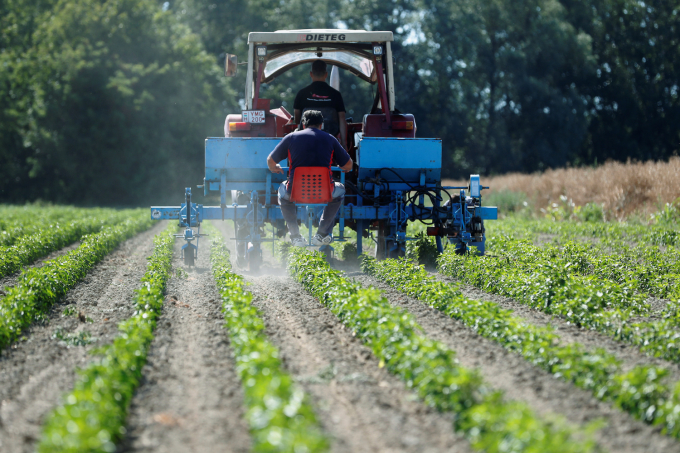
Farmer spread organic manure on a pepper field. Photo: Getty
He cannot afford the sky-high prices and all his cucumber crops have to be destroyed. Risto Taskinen, an entrepreneur at Nilsiän Taimituote Oy, has been growing cucumbers in North Savo for about 26 years. He was one of the first in Finland to start year-round cultivation about 20 years ago. In a local newspaper, he shares the struggles he's going through.
According to Taskinen, winter farming requires a lot of light and, therefore, electricity. This is by far the biggest cost of production. Taskinen explains that his company has had a contract where part of the electricity is bought and the price of electricity is ‘hedged’ in advance for about 10 years. That means that part of the electricity is bought on the stock exchange, making the arrangement very flexible. “Production varies according to the season, and the sunlight is used as much as possible, but, from November to the end of February, the sun does not shine as much and we have to light the crops for twenty hours a day," Taskinen says.
Electricity up, cultivation down
According to Taskinen, cucumber cultivation consumes around 30 000 kWh of electricity - far more than the annual consumption of a single-family house with electric heating. Taskinen's normal electricity bill is between €50-60.000 per month, but last week, with the rise in the price of electricity on the stock exchange, it could very well have risen to tens of thousands of euros a day, Taskinen explains.
“That's a pretty hefty electricity bill per day for a small farmer like me, and I don't think we've seen the peak prices of this winter yet. When the price is already this high in November and December, January and February could be ridiculous if we have a cold winter," Taskinen says. “We don't know anything about the future, but that prospect forces us to throw away a good cucumber crop. Otherwise, we'll hit a wall.”
In December, Taskinen announced to start emptying out the greenhouse. After that, 5 employees will be laid off. Taskinen is vexed on behalf of himself and his staff. “They are good workers, but what can you do? There is no alternative. In practice, Finland is a world leader in cucumber cultivation, both in terms of quality and quantity, but that is not enough: now, other factors affect profitability more than cultivation know-how.”
The finger of blame points to policymakers
Taskinen blames the situation on decisions made by politicians, which, in his opinion, are too short-sighted. “Electricity prices are like this now because of climate change policies. Solar energy and wind power are good things in and of themselves, but Finland is a northern and cold country and we also need regulating, in other words, nuclear or hydro, power, but there is not enough of it. We also need to drive down peat production, we want to ban the rational use of forests, and there is more demand than supply. The underlying reason for this is electrification in industry and cars, for example. The demand for electricity will grow and the price will certainly continue to rise, while there will be no compensation for driving down production,” Taskinen explains.
“Entrepreneurship involves risks. In my 30 years of entrepreneurship, there have been many ups and downs and you have to adapt to everything, but I am disappointed in the political decision-makers. My finger of blame is pointed at them.”
“We will grow again”
For now, cucumbers are still thriving in the greenhouse of Nilsiän Taimituote Oy, but that will not last much longer. The tops of the cucumbers have been cut off, and that is the beginning of the end. “For a couple of weeks after that, the cucumbers can still be harvested. Next week, we'll turn off the irrigation, and, a couple of days after that, we'll start emptying the greenhouse and driving the plants out into the yard for compost. In addition, the growing medium of peat, peat moss, and grass moss will be packed in biodegradable plastic, and these will also be driven into the compost. Then the room is washed and disinfected, because I am confident that, at some point, we will grow crops again. We get the room ready, get new growing media and everything in place, and when it looks like it's time to start growing, we order the seedlings from Närpi. It takes 3-4 weeks from ordering, and then the cultivation starts. From there it will start again.”
(Hortidaily)
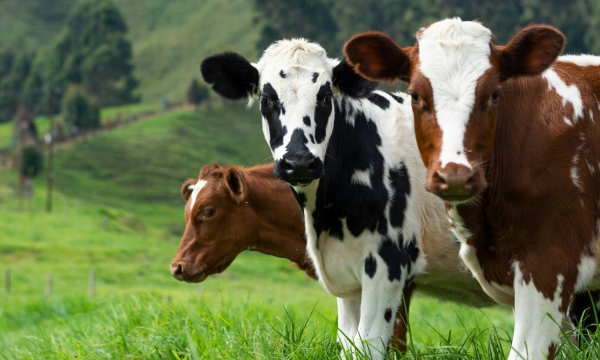
(VAN) Representatives with multiple agencies including the CDC, the United States Department of Agriculture and the Food and Drug Administration on May 1 discussed the latest news about bird flu in the U.S.
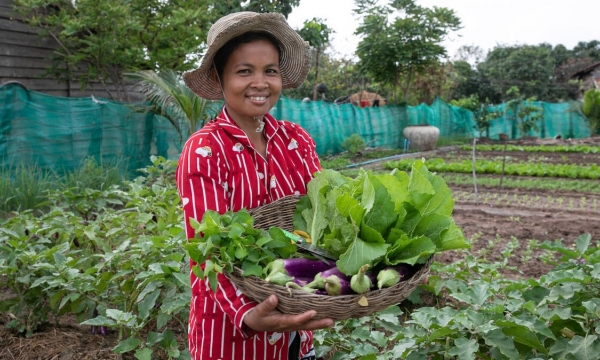
(VAN) Approved by the UN General Assembly, it will increase awareness of the crucial role women farmers play in agrifood systems.
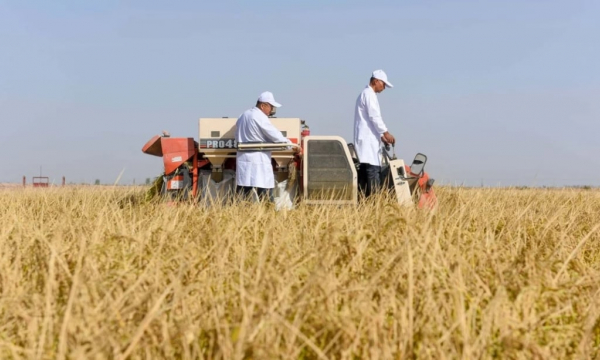
(VAN) Chinese scientists have cut the growth cycle of a conventional rice variety in half in a desert greenhouse in Xinjiang, a welcome agricultural innovation for Beijing as it seeks new methods to ensure food security.
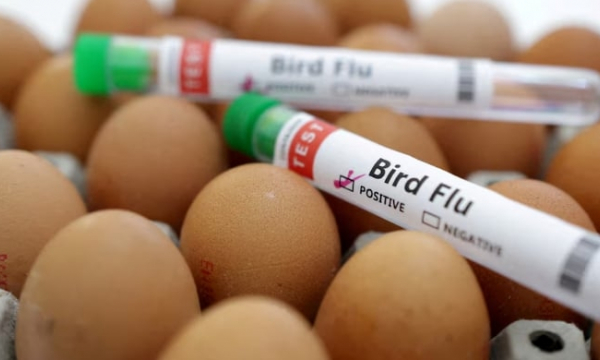
(VAN) Preliminary results of tests on additional dairy products show that pasteurization inactivates the bird flu virus, the U.S. Food and Drug Administration said on Wednesday.
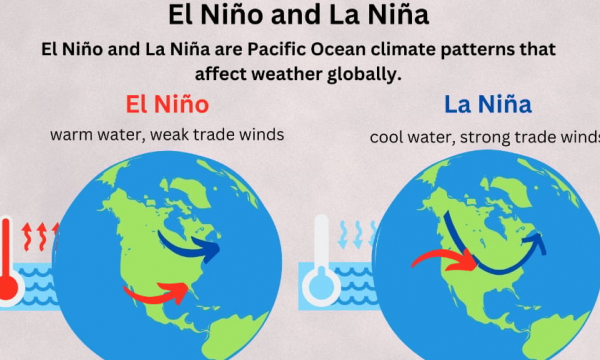
(VAN) At UNGA-ECOSOC event, FAO Deputy Director-General emphasizes the key role of anticipatory action in protecting and equipping communities ahead of shocks.
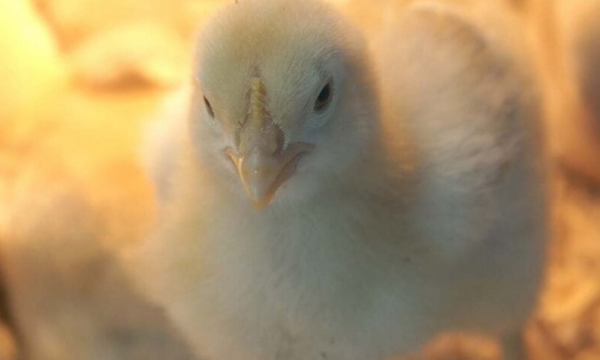
(VAN) Despite protein reduced poultry feed – better performance parameters and less burden for the environment!
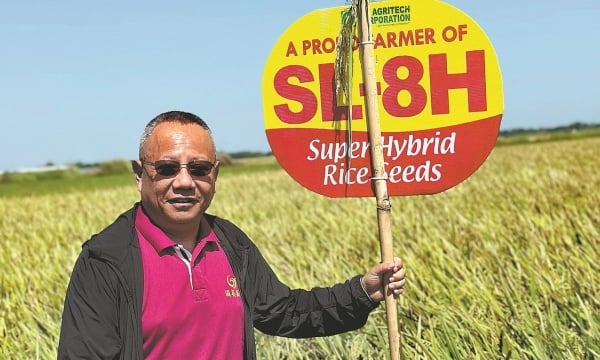
(VAN) The increased yields of a hybrid rice strain developed in China have helped countries participating in the Belt and Road Initiative to bolster their food security.